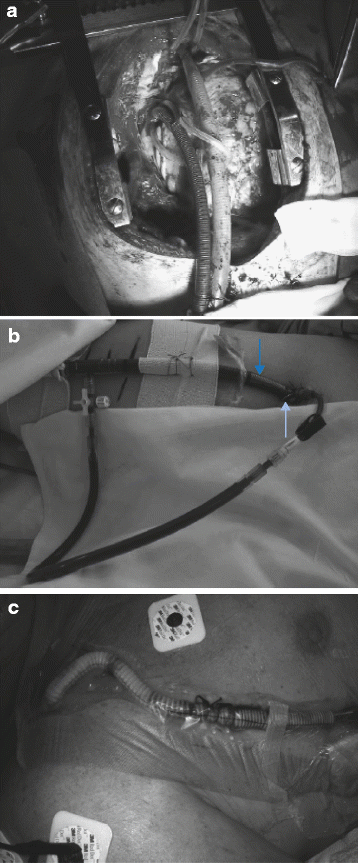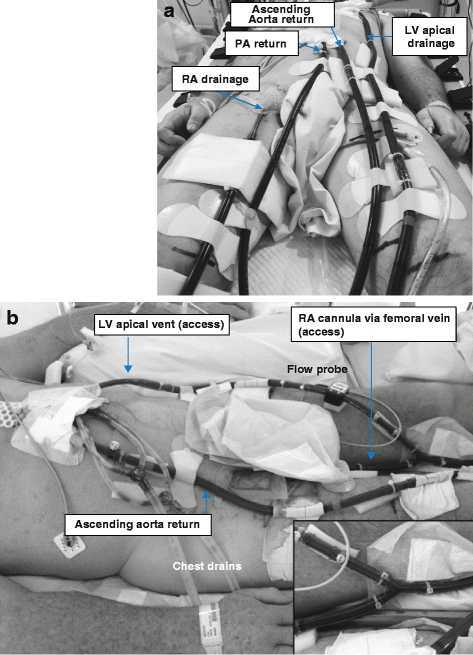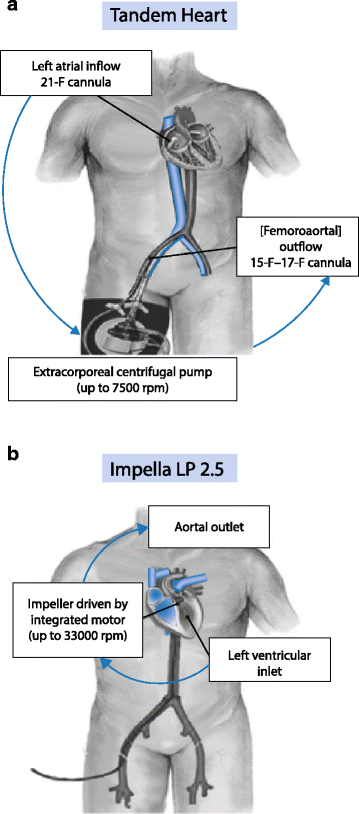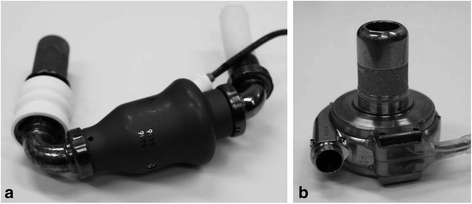Mechanical circulatory support in the new era: an overview
- PMID: 26984504
- PMCID: PMC4794944
- DOI: 10.1186/s13054-016-1235-3
Mechanical circulatory support in the new era: an overview
Abstract
This article is one of ten reviews selected from the Annual Update in Intensive Care and Emergency medicine 2016. Other selected articles can be found online at http://www.biomedcentral.com/collections/annualupdate2016. Further information about the Annual Update in Intensive Care and Emergency Medicine is available from http://www.springer.com/series/8901.
Figures




References
Publication types
MeSH terms
LinkOut - more resources
Full Text Sources
Other Literature Sources
Medical

